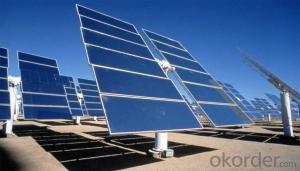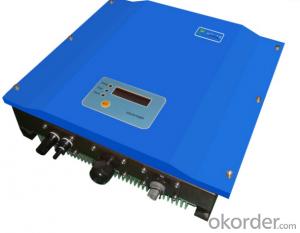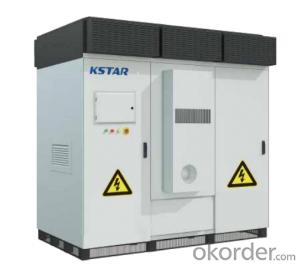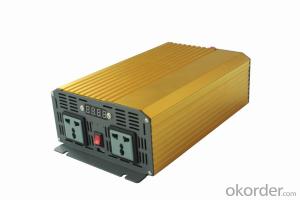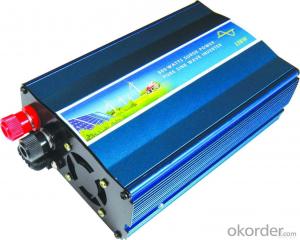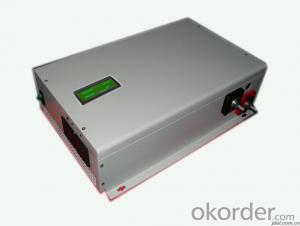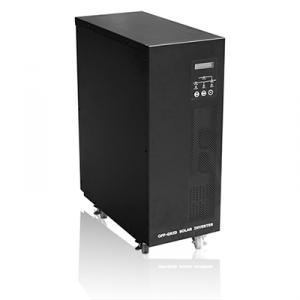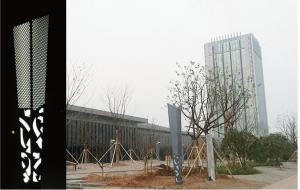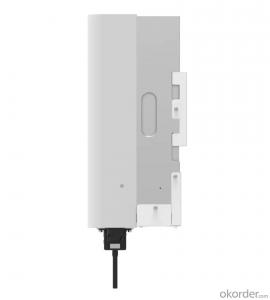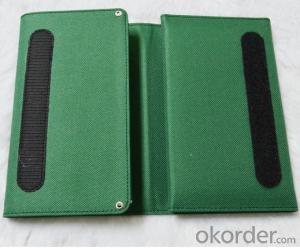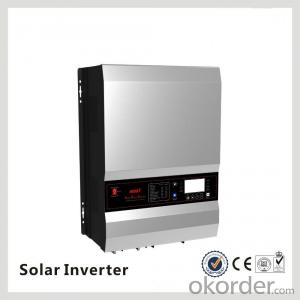8kv Solar Inverter
8kv Solar Inverter Related Searches
8kw Solar Inverter 8kw Inverter Solar Solar Inverter 8kw 8 Kw Solar Inverter 8kw Hybrid Solar Inverter 8kw Solar Inverter Price 8 Kw Solar Inverter Price Solar Inverter 8000w 8000 Watt Solar Inverter 2kv Solar Inverter 10kv Solar Inverter 2 Kv Solar Inverter 1kv Solar Inverter 5kv Solar Inverter 9kw Solar Inverter 10kva Solar Inverter Solar 800 Watt Power Inverter 3kv Solar Inverter 2kva Solar Inverter 6kva Solar Inverter 80kw Solar Inverter 2kw Solar Inverter 2kw Inverter Solar 5kva Solar Inverter 1kva Solar Inverter 6kw Solar Inverter 10kw Solar Inverter Solar Inverter 10kva Solar 2kw Inverter 10kw Inverter Solar8kv Solar Inverter Supplier & Manufacturer from China
The 8kv Solar Inverter is a high-performance product designed to convert the direct current (DC) generated by solar panels into alternating current (AC) that can be used by electrical appliances and fed into the power grid. This advanced inverter is equipped with cutting-edge technology, ensuring maximum efficiency and reliability in harnessing solar energy. It is an essential component in solar power systems, playing a crucial role in the conversion and distribution of solar-generated electricity.The 8kv Solar Inverter is widely used in various applications, including residential, commercial, and industrial settings. It is particularly suitable for large-scale solar power installations, where high power output is required. This product is also ideal for off-grid systems, where it can provide a stable power supply to remote locations without access to the main power grid. Additionally, it can be used in conjunction with energy storage systems to store excess solar energy for use during periods of low sunlight or at night.
Okorder.com is a leading wholesale supplier of the 8kv Solar Inverter, offering a vast inventory of this high-quality product at competitive prices. As a reputable online platform, Okorder.com is committed to providing customers with exceptional service and support, ensuring a seamless purchasing experience. With a large selection of 8kv Solar Inverters in stock, Okorder.com caters to the needs of both individual buyers and bulk purchasers, making it the go-to destination for all solar power system requirements.
Hot Products


